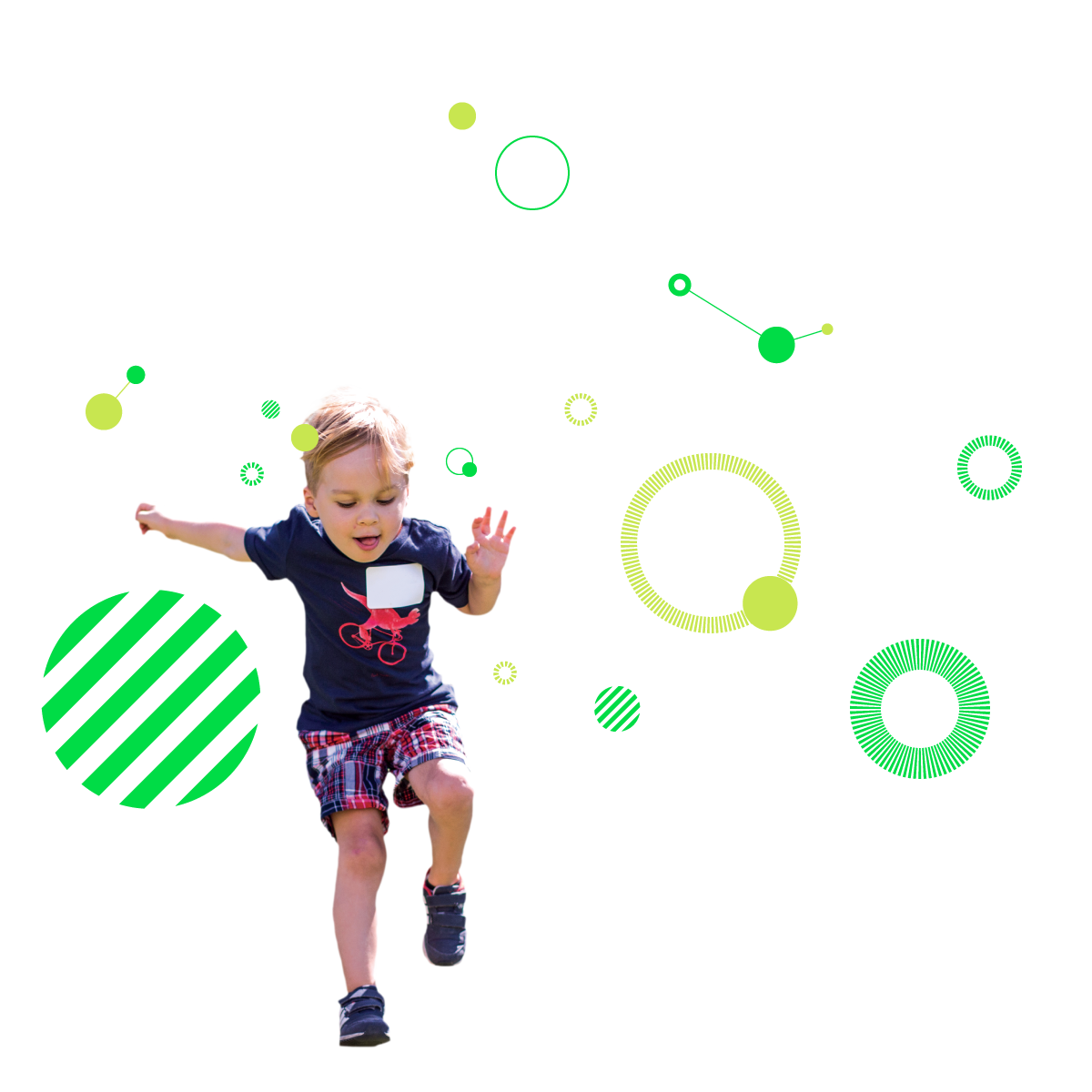 As we approach the holidays, I am keenly aware of the bittersweetness of this particular year that makes celebrating the season feel daunting. Even in the best of circumstances, the expectations of memorable, camera-ready holidays can exacerbate our anxieties and put extra pressure on us and our families to manufacture love, gratitude, and joy on demand. With the hurt and pain many of us are experiencing directly or on behalf of beloved friends and community members, the holidays may feel extra formidable.
As we approach the holidays, I am keenly aware of the bittersweetness of this particular year that makes celebrating the season feel daunting. Even in the best of circumstances, the expectations of memorable, camera-ready holidays can exacerbate our anxieties and put extra pressure on us and our families to manufacture love, gratitude, and joy on demand. With the hurt and pain many of us are experiencing directly or on behalf of beloved friends and community members, the holidays may feel extra formidable.
As an educator committed to positive psychology as a compass point for educating and counseling young people, I am a strong proponent of using a positive psychology approach to help guide us through choppy waters.
Positive psychology doesn’t mean if we just focus on positive thoughts, we will eliminate pain from our lives. As veteran meditation teacher Sharon Salzberg points out, just by living our lives, we will encounter times of adversity—like now. She writes, “It’s not because of our attitude that times like these are uncomfortable or heartbreaking. Some things just hurt.” Understanding the key components of this simple truth—that hurt exists in the world; none of us is exempt from this hurt; and we didn’t bring it ourselves—can be liberating.
In our culture, we’re conditioned to put a brave face on our struggles and use empty clichés to reassure others who are struggling, but we generally feel more comfort when others listen and bear witness. We can derive strength from acknowledging our hurt and moving through it, and from being aware of the connections among us and then making those connections tangible through action.
These don’t need to be large-scale, heroic actions; even small steps to bond can make a difference in our own and others’ lives. When we reach out to others, Salzberg urges us to move in the direction “toward the unknown, toward acting without depending on an immediate result.” Paradoxically, this leap-of-faith action can clear the path toward joy by creating and fostering meaningful moments.
Research shows that meaningful moments, which include transcendence, ultimacy, boundlessness, interconnectedness, and cultivating emotions like awe, humility, mystery, peace, and gratitude, have the power to lead to increased trust, honesty, openness, cooperation, and mutual respect. Transcendent experiences go beyond the limited self; ultimacy refers to deep truths; boundlessness is connected to awe; and interconnectedness honors the deep and mutual caring we can foster with others. Even—or especially—in this dark time when world events beyond our control may diminish our joy, we can cultivate meaning and purpose.
As the Winter Solstice approaches and we look to ways we can be the light, I’m encouraged by Rabbi Jonathan Sacks’ reflection on optimism versus hope: “Optimism and hope are not the same. Optimism is the belief that the world is changing for the better; hope is the belief that, together, we can make the world better. Optimism is a passive virtue, hope an active one. It needs no courage to be an optimist, but it takes a great deal of courage to hope.”
During this holiday season, I wish all of you the courage to be hopeful and the energy to enact that hope. If I have learned anything these past couple of months, it is the powerful reminders that we are all interconnected and that we make the world better when we can observe and honor our pain, let it go, and move forward into the unknown together.
Warmly,
Laura
Dr. Laura Konigsberg
Head of School
lkonigsberg@turningpointschool.org


































